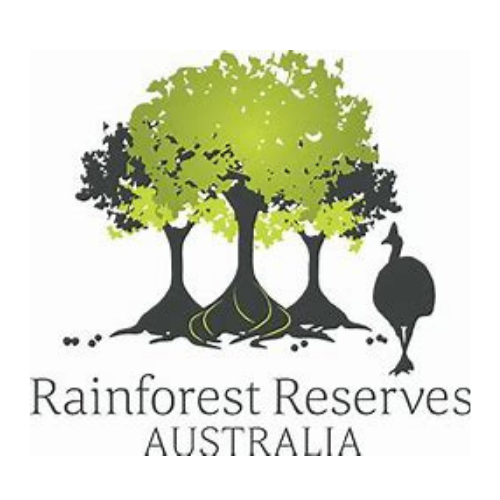One bad Apple destroys Koala habitat
Apple are “greenwashing” by purchasing Upper Burdekin wind farm electricity that will result in destruction of confirmed Koala habitat.
On 11th August, Apple inc. announced their bid to protect the planet by purchasing annually “80,000 homes” worth of renewable electricity from the proposed Twiggy Forrest-backed Windlab’s Upper Burdekin wind farm, capable of powering “300,000 homes”.
The proposed Upper Burdekin wind farm is to be located 65km south west of Ingham, Far North Queensland. It will border the globally significant Wet Tropics World Heritage Area. 136 wind turbines will be installed on the high-elevation, remnant wilderness of the western side of the Great Dividing Range. A massive 887ha of high value vegetation will be cleared to install the turbines and electrical infrastructure. This site harbours a significant Koala population and is home to other critically endangered wildlife such Sharman’s Rock Wallabies, Red Goshawks and more.
Upper Burdekin is the wrong location for an industrial scale wind farm: such extensive remnant habitat destruction means this is not a “green” development, no matter how you spin it. Our priceless biodiversity should not be sacrificed for an industrial-scale wind development.
Our concerns:
Are backroom deals between Government and multinationals (with vested interests) taking place? Apple confidently state in their release that the Upper Burdekin wind farm is to commence operations in 2026. But the Upper Burdekin wind farm hasn’t yet been approved by Federal Environment Minister Tanya Plibersek. Do Apple and Twiggy know something we don’t?
Renewable developments are too hastily pushed through. In keeping with poorly thought-through QREZ policy, the Upper Burdekin wind farm proposal appears to have been rushed through the approvals process. According to the EPBC Public Portal, Upper Burdekin wind farm documents were lodged only 5 months ago, but the project is already under Federal assessment with a decision from Environment Minister Tanya Plibersek pending. Such urgency means no real consideration is given to the ecological impacts of renewable developments.
How many wind farms will we need if electricity is to be purchased by multinationals so they can look “green”? Renewable developments are supposedly built with the promise to provide renewable electricity to Australian households. They’re not built for multinationals to purchase electricity to offset their own carbon emissions and environmental pollution. Moreover, there is no consideration of the cumulative impacts of so many renewable energy developments set for North Queensland in any state or federal legislation. ( Chalumbin wind farm, Mt Fox wind farm, High Road wind farm, under development Kaban wind farm and more).
There is a lack of transparency regarding the agreement made between Apple and Windlab. Both Apple and Windlab are multinationals set to mutually benefit from this arrangement: Apple will benefit from the optics of the “green” electricity claim and Windlab will happily pocket their money. It’s a win-win for them, but not for the people of Australia, and certainly not for our wildlife. This sets a troubling precedent that encourages other multinationals to purchase our renewable electricity to offset their negative environmental impacts.
We question whether it is possible to offset carbon emissions and environmental destruction by purchasing theoretical renewable electricity at all.
Here’s something we know. Our nature, including our wildlife, cannot recover from the cumulative large-scale clearance of our native forests that to date have only been protected by their altitude. And now our mountain tops are proposed to be cleared. There is no offset that can ever compensate for this level of damage to the land and to wildlife habitat. It cannot be revegetated or rehabilitated in our lifetime. The damage to wilderness will be irreparable.
Media enquiries: please email info@rainforestreserves.org.au



